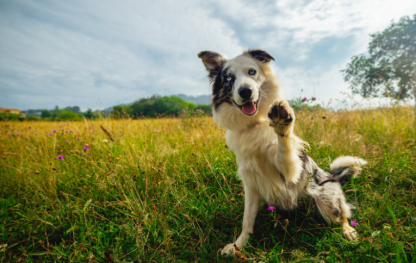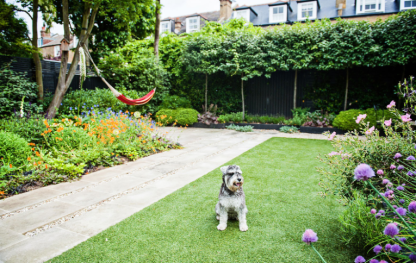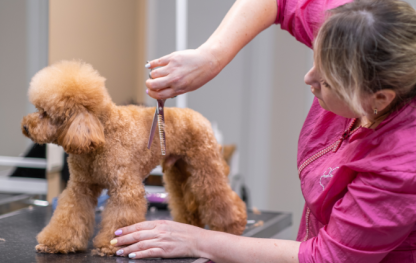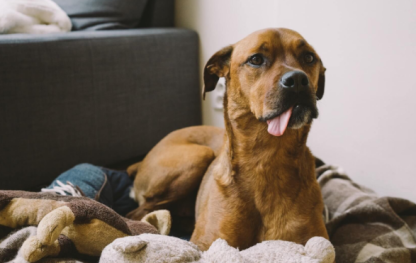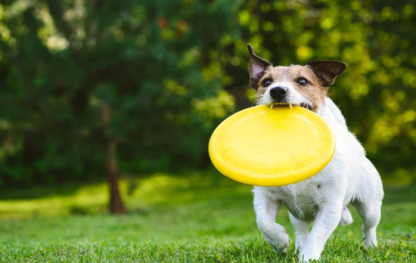Understanding Your Dog’s Body Language
Your dog may not speak your language, but they’re always communicating. Through tail wags, ear positions, posture, and even subtle eye movements, your pup gives you constant cues about how they’re feeling. Learning to understand your dog’s body language is one of the most powerful ways to build a stronger bond, improve training, and ensure their emotional well-being.
Whether you’re a first-time dog owner or a seasoned pet parent, tuning into your dog’s physical signals can help you meet their needs with greater empathy and confidence.

1. The Tail Tells a Tale
A wagging tail doesn’t always mean a happy dog. The position, speed, and direction of the wag can all mean different things:
- Loose, sweeping wag: Friendly and relaxed
- Fast, stiff wag: Alert or overstimulated—may not be as friendly as it seems
- Tucked tail: Fear, submission, or anxiety
- High and still tail: Alert or potentially tense
Observe your dog’s tail in different environments and situations to better understand what their baseline looks like—then you’ll notice when something’s off.
2. Eyes and Ears Speak Volumes
Your dog’s eyes and ears give clues about their mood and intentions.
- Soft eyes, relaxed ears: Content and calm
- Wide eyes (whale eye): Nervous, unsure, or trying to avoid conflict
- Ears pinned back: Fearful or submissive
- Ears perked up and forward: Curious, excited, or alert
Remember that different breeds have different ear shapes and resting expressions, so it’s best to observe your own dog over time to learn their normal cues.
3. Posture and Positioning
Body posture gives you the big picture.
- Loose body and wiggly movements: Happy, playful, and open to interaction
- Stiff stance with weight forward: Potential aggression or defensiveness
- Crouched body with lowered head: Fear, anxiety, or submission
- Exposing belly: Could mean relaxation—or appeasement, especially if paired with a tucked tail and tense muscles
Watch how your dog holds themselves when meeting other dogs or new people, and step in to support them if you sense discomfort.n offer the perfect escape from direct sunlight. For extra comfort, keep a bowl of fresh water nearby during warm weather.

5. Designate a Potty and Dig Zone
To save your garden beds from becoming impromptu restrooms or excavation sites, set aside a specific area where your dog can do their business or satisfy their digging instincts.
Use mulch, sand, or dirt in a corner of the yard, and reward your pet for using it. Raised beds or fencing can help protect sensitive areas and guide your pet toward more appropriate zones.
